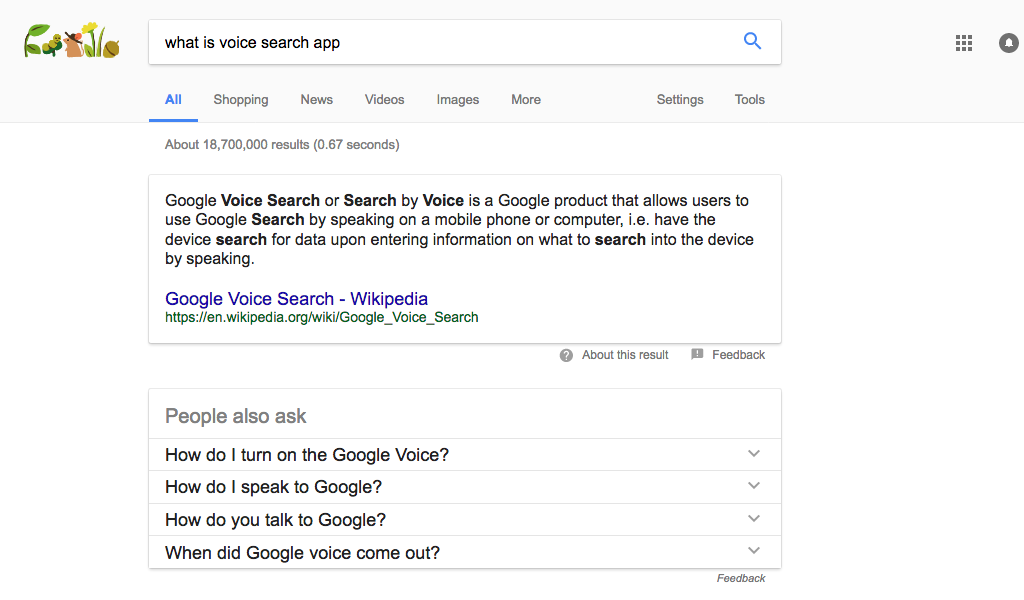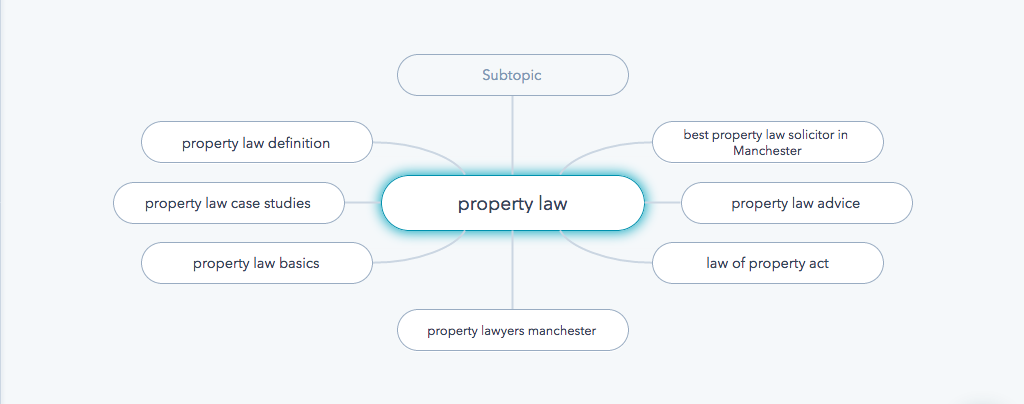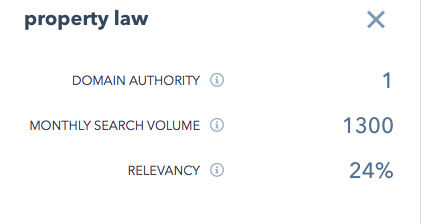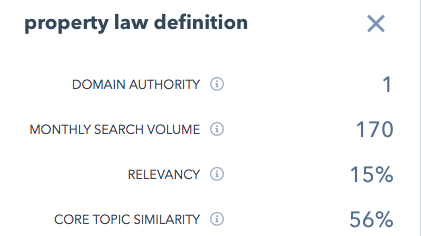How many times have you heard the phrase “keyword research”? A lot I bet.
When it comes to writing your legal content, keyword research plays an important role in helping your legal search engine optimisation (SEO) and ensuring your content is noticed by the right people - your potential customers.
However, identifying the keywords to target is one-half of the story. In order to successfully rank you need to keep ahead of the latest Google algorithm updates and best practices and adopt a topic cluster strategy. This article will focus on the very latest legal SEO technique you can use in your content strategy to ensure that your legal marketing is on a winning streak.
Re-hashing the immortal words of my favourite band, it’s all about constantly improving and innovating what you do to make it work “harder, better, stronger and faster” for you.
So What is Today's SEO Picture?
Google first introduced a huge search algorithm update they called Hummingbird in 2013. Since then, Hummingbird is constantly being updated – so it is important to keep your SEO strategy up to date too.
In case you were wondering “why Hummingbird?” the algorithm is named because its namesake is known for its accuracy and agility. Something Google wanted to reflect in its search results.
The aptly named “Hummingbird” is pretty smart. It’s changed the way Google’s search engine algorithm works by deciphering questions users ask using longer-tail keywords, rather than trying to pick out specific keywords.
Essentially, Google wants to provide actual answers to a user’s question as opposed to offering not-so-related results simply because an SEO marketer has cleverly used lots of the right keywords.
Why Did it Need Updating?
In days gone by, keyword research would mean trying to emulate (in a very fragmented way) what a user might type into a search engine. Nowadays, search is becoming increasingly speech-based thanks to artificial intelligence tools such as Siri, Google Assistant, Alexa and Cortana.
Rather than fragmenting a query, a user is more likely to ask a fully formed question into a search engine, expecting the right answers in return.
This is where Google’s updated algorithm comes in. Google can now sift through the SEO minefield and find content that is topic-based and more relatable to a searched query.
A great example of this is Google’s featured snippets within the search engine results. You may have come across it before – it looks something like this:
 These featured snippets are Google’s way of providing the user with a summary of the “best answer” to their question at the top of the results page. It just goes to show how far Google has come in its efforts to provide relevant answers.
These featured snippets are Google’s way of providing the user with a summary of the “best answer” to their question at the top of the results page. It just goes to show how far Google has come in its efforts to provide relevant answers.
You have little control as to whether your web page is featured as a snippet. Your best bet remains to consistently generate great content so that Google recognises you as a trusted and reliable source of information.
So how do you adhere to ongoing Hummingbird updates like these in your current content strategy? Furthermore, how can you use it to refresh your existing content?
Great news: it’s not as difficult as it may sound – and as a legal marketing services provider, we can help.
Make Topic Clusters Work for Legal Content
Keywords aren’t dead – you just need to make them work in a new way for your legal content.
Keyword research will still play an integral part of becoming the foundation of your topic clusters. And we’ll show you how.
Creating Clusters is Easy with HubSpot
Topic clusters are the very latest in SEO techniques (you can read all of the research here).
The way that clusters can work for your legal content, is by linking together single concept topics. All these topics must ultimately have a relationship with each other.
The more relevant the relationship links to your concept topic, the better your rankings are in the search engine results pages.
With HubSpot’s Content Strategy Tool, we’ll walk you through how to do it.
The first thing you need to do is pick a pillar term – this will be the focus of your topic clusters, the short-tail keyword you wish to optimise. An example we can use here is Property Law.
The following clusters (or longer-tail keywords) can now be formed out of this:
- Property lawyer in Manchester
- A guide to property law
- What is property law
- Property law advice
- Law of property act
- Residential property law
- Property law basics
- Property law case studies
- Property law definition
This is what it would look like in HubSpot’s topic cluster creator:

This creates associated topics to your main search term and by connecting them with URL links and a central web page optimised for your ‘pillar’ term you will be soon be winning at SEO.
The brilliant thing about this software is that it’s so much more than what we see here. HubSpot actually does the hard work for you in working out everything you need to know in one place, including:
- The domain authority
- Monthly search volume
- Relevancy
- Similarity to your core topic
For instance, these are the results of the pillar term “property law”. As you can see, the monthly search volume is… exponential and the domain authority is so low that it would be incredibly hard to rank for. Much like you would expect for a short-tail keyword:

When comparing to one of your clusters - for example, “property law definition” – you can see the monthly search volume is at a pretty good level with how many people are searching for this query, but the domain authority is at the bottom:

Through Relevancy and Core Topic Similarity, you now have insight that will help you determine better ways to tweak your clusters so that you have greater ranking potential. But that’s not to say that you can’t build up the domain authority factor in other ways using good tried and tested methods. Some include:
- Building links with high-quality, authoritative sites
- Utilising different content types, such as FAQ’s, How To’s, case studies, infographics and videos.
- Promoting your content through social media
Conclusion
Keeping up to date with the digital world is vital in keeping your business at the forefront of SEO and how it will work for your law firm in the long-term.
The more pages of great quality, topical content you provide (in any format) the more answers to a user’s searched questions you provide and the more Google places you as an authority figure in your field.
By re-working old content and thinking up new content using clusters, you can take great advantage of Google’s Hummingbird update with the help of Digital Media Stream and HubSpot.




